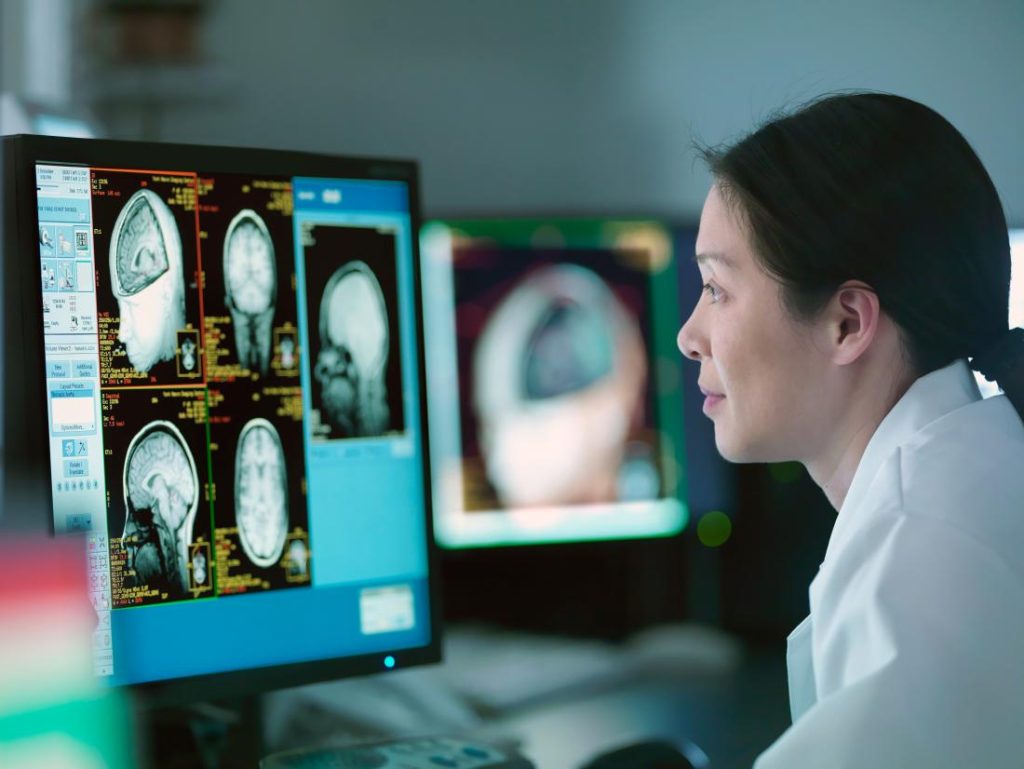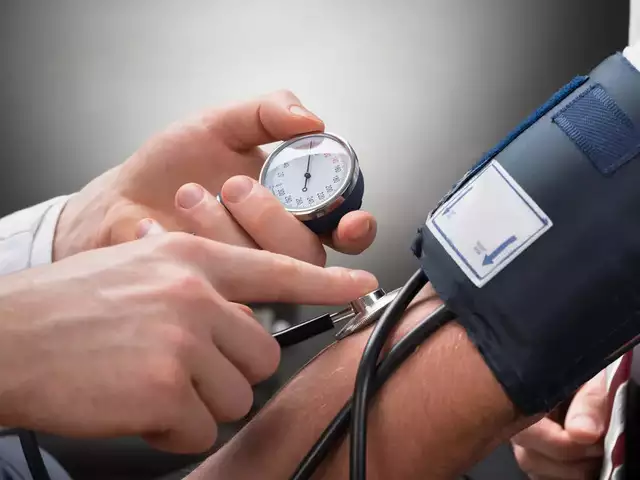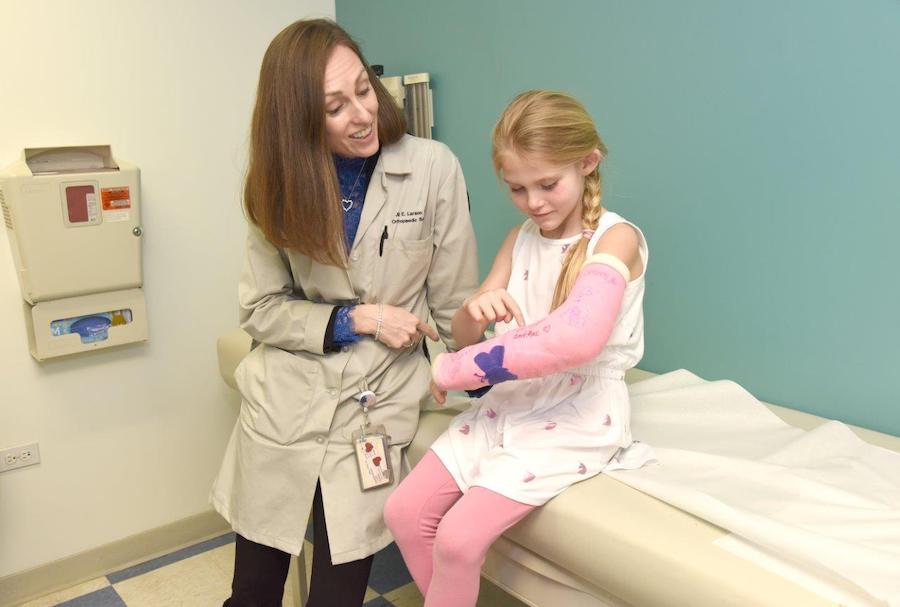
Pain. Its grip can be inescapable, coloring our world with shades of suffering. This is especially true for those wrestling with phoenix mood disorders, where agony can rise from the ashes of the slightest discomfort, only to engulf them in a relentless cycle of torment. As a nurse practitioner, your role in alleviating this pain is pivotal. This blog will spotlight the best practices in pain management, ensuring your capacity to serve as a beacon of relief for those entrapped in the thorny grasp of relentless pain. Through understanding, empathy, and skillful treatment, you can help transform their world from one of agony to one of relief.
The Importance of Empathy in Pain Management
Patients with mood disorders don’t just need their pain managed—they need their experiences understood. Just as an artist adds depth to a painting with shades of gray, you add depth to your treatment with empathy. It’s not just about easing the pain. It’s about easing their struggle, sharing their burden, and assuring them they are not alone in their fight.
Effective Communication: A Vital Tool
Communication is a two-way street. As a nurse practitioner, your aim should be to build a bridge of understanding between …



